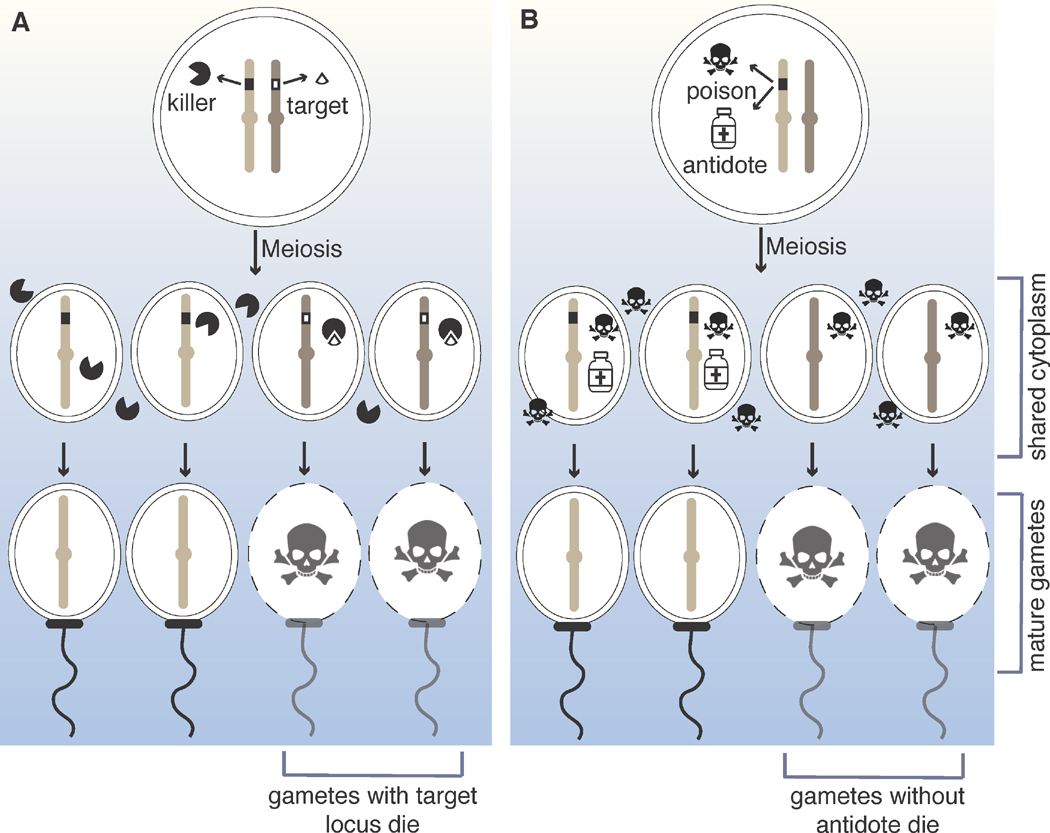Figure 2 (Key Figure). General mechanisms of meiotic drivers.
(A) Killer-target meiotic drivers create a killer element that acts only on the meiotic products that inherit the target. The target can be a DNA locus, or a gene product encoded by the locus. (B) Poison-antidote meiotic drivers create a transacting poison that acts indiscriminately on all meiotic products. Only meiotic products that inherit the meiotic drive locus, and thus the antidote, live. A clear way to distinguish the two types is to consider the phenotypes of mutants in which the gamete (or spore)-specific component is absent. In killer-target systems, individuals containing at least one copy of the killer allele, but no target, exhibit no killing of meiotic products. In contrast, in poison-antidote systems, all the meiotic products are destroyed in individuals that encode the poison but lack the antidote.

